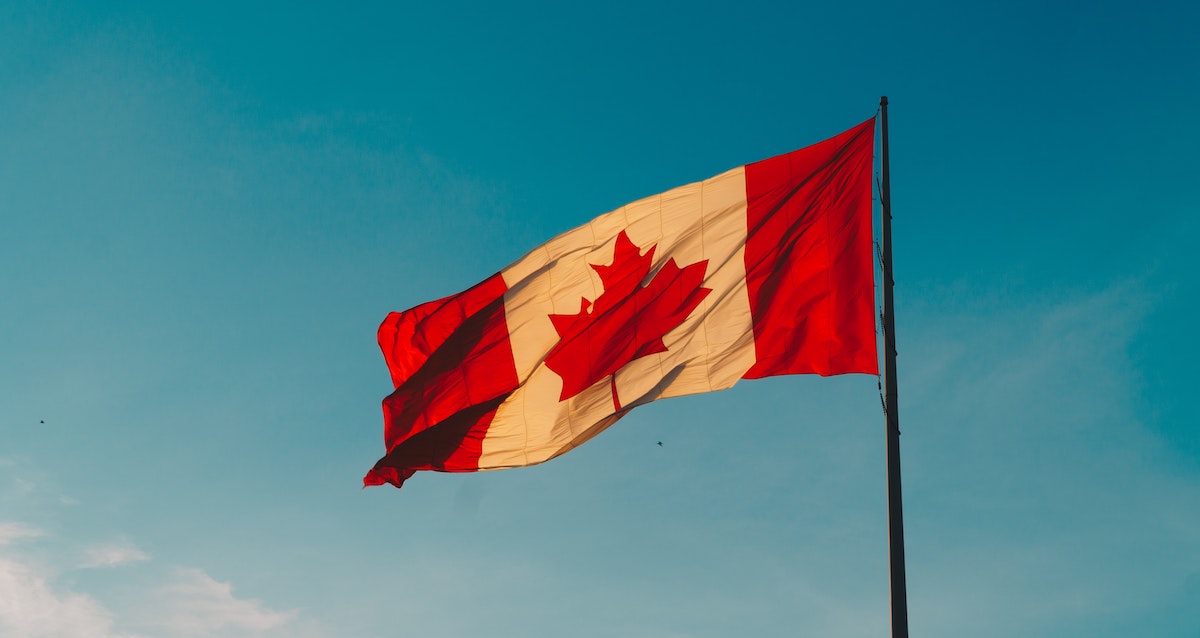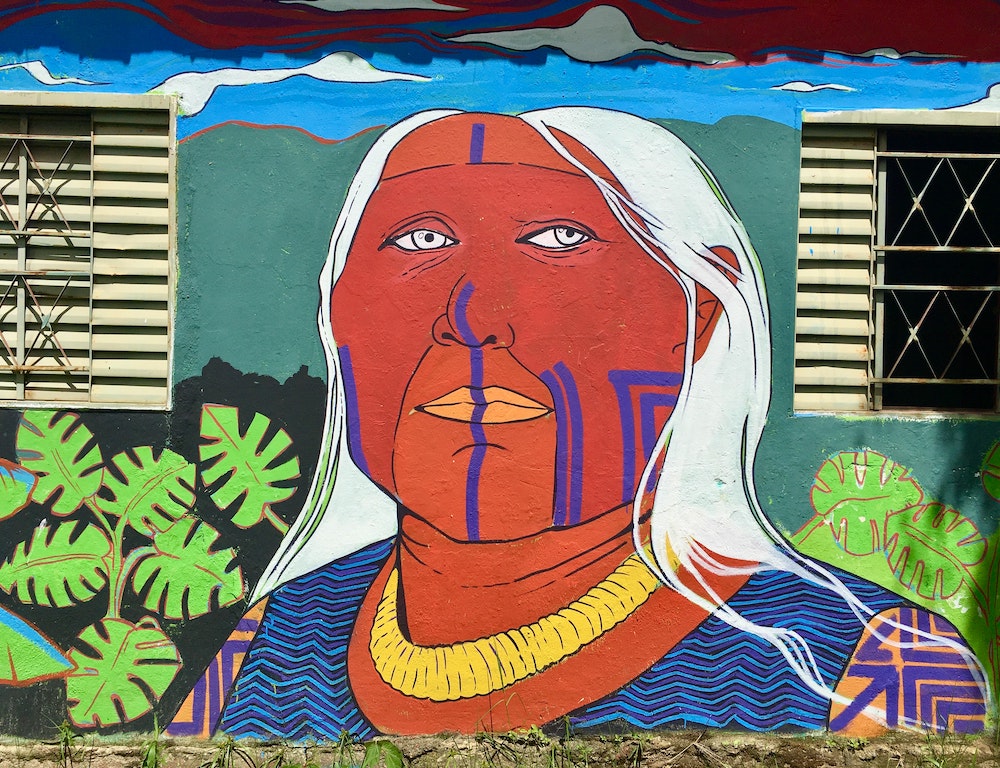
The Canadian Government Commits to More Sport Opportunities for Indigenous Youth
July 9, 2021
Beliving that sport can aid in building stronger and healthier populations, especially for youth to grow and thrive—physically, emotionally and mentally - the Government of Canada is leveraging it to support its vibrant but historically marginalized Indigenous communities.
According to the Canadian Encyclopedia, Indigenous peoples (or Aboriginal peoples) refers to First Nations, Métis and Inuit peoples, the original inhabitants of the land that is now Canada. The 2016 census reported that more than 1.6 million people in Canada identified as Indigenous, making up 4.9 per cent of the national population. Though severely threatened — and in certain cases extinguished — by colonial forces, Indigenous culture, language and social systems have shaped the development of Canada and continue to grow and thrive despite extreme adversity.
Recognizing that barriers to sport for social change programs exist in many Indigenous communities, a new Sport for Social Development in Indigenous Communities (SSDIC) program was created to fund eligble organizations to deliver community-led projects. In total, approximately 150 communities and 33,000 Indigenous youth will benefit from as much as $17.8 million funding investment from 2021 to 2023. The initiative is designed to help Indigenous youth become more active and healthy, and in some cases, to reconnect with traditional activities and culture.
ʺEach one of the projects offers great opportunities for Indigenous youth. That's why I'm so excited about this initiative, which is truly changing their lives and the lives of their families," stated Honourable Steven Guilbeault, Minister of Canadian Heritage.

SSIDC is focused on supporting positive outcomes addressing health, education, at-risk behaviour and/or employability, consistent with priorities set out in the Truth and Reconciliation Commission of Canada's Calls to Action, which is a report released in 2015 that urged all levels of government - federal, provincial, territorial and aboriginal — to work together to change policies and programs in an effort to gain a more inclusive and harmonious country.
The targeted social outcomes and activities for each project are identified and proposed by the Indigenous communities themselves, to ensure they address their own specific needs. The second round of funding recipients was announced in late June. For the round, Sport Canada established a new collaborative review process to include Indigenous stakeholders and federal regional office members in the review committee, ensuring regional and Indigenous knowledge in the project evaluation.
Of the overall total, $10.6 million will be invested in the 13 Provincial/Territorial Aboriginal Sport Bodies (PTASBs) which will run the projects, and to the Aboriginal Sport Circle (ASC), which provides leadership and support to the PTASBs for their delivery of the SSDIC programming. Indigenous governments, communities and organizations, including delivery organizations working in collaboration with Indigenous communities, will also receive $7.2 million in funding.
"The SSDIC funding demonstrates that Sport Canada understands and supports what the ASC has always believed: that access to, and opportunity in, Indigenous-driven sport and physical activity is critical to meaningful and tangible reconciliation. The ASC looks forward to our continued engagement with Sport Canada as we learn and work together to build healthier Indigenous communities," said Rob Newman, President, Aboriginal Sport Circle.
The Canadian government is the single largest contributor to sport in the country and supports sport participation and excellence through federal programs and policies. The next call for applications for the program is planned for the summer of 2022 for the 2023-2025 fiscal years.